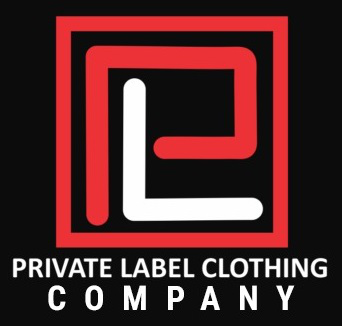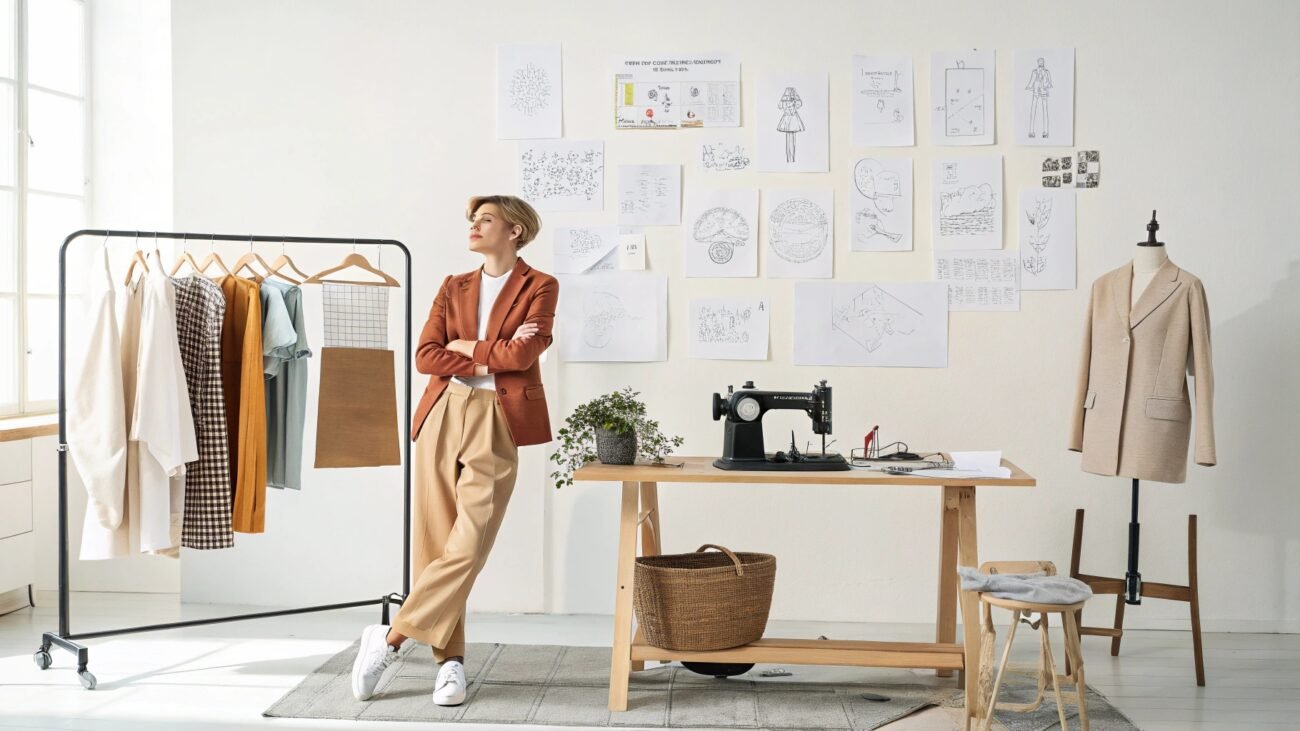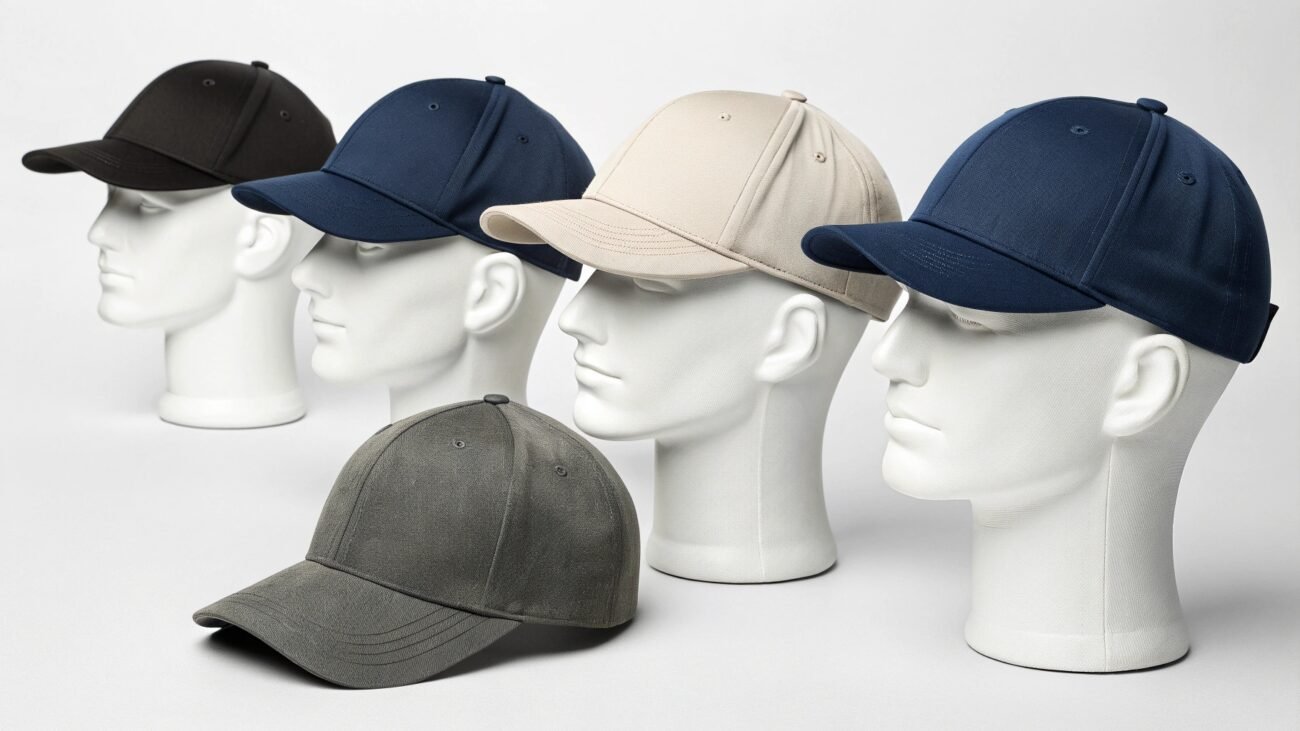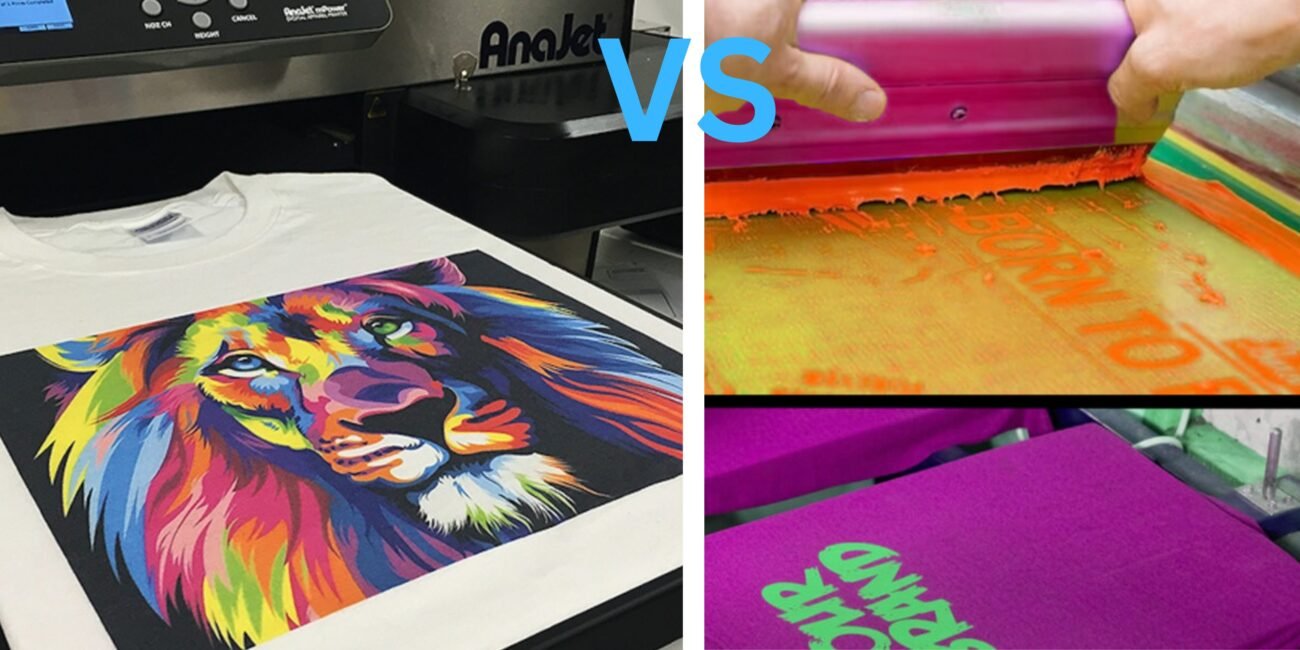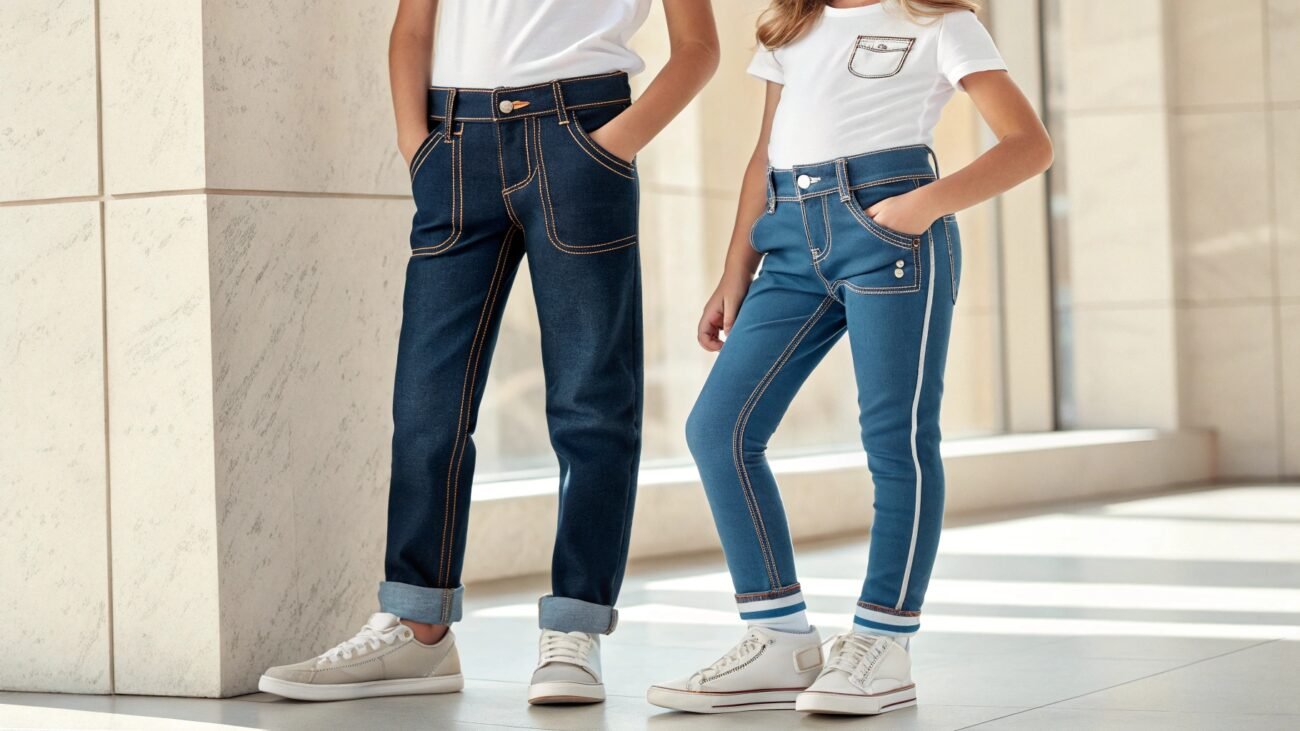Have you ever looked at a pile of clothes and thought, “I could have designed them much better?” If yes, then you are in the right spot. Starting your own Private label clothing brand may seem challenging at first, but if you go step by step and strive to remain consistent every day, then it is more than just a dream to start your fashion brand.
Table of Contents
ToggleJust as each business has its own mannerisms and markets to compete with, the clothing industry is the same. You have to hustle, adapt, and even make compromises all the time to make a name for yourself in this saturated market. However, fret not—we are here to guide you.
In this article, we will cover every aspect of brand building, ranging from how to lay the basics and Initial prototyping to branding work and selling. So read till last to have a detailed outlook on creating clothing brands and associated clothing business tips
1. Laying the Foundation

Before investing your savings in your vision, take some time and think about whether you really want to do this or not, no matter the business, it requires extreme levels of dedication to succeed in the market.
If you are actually willing to go through stress, sleepless days, and then eventual gratitude of having your own business, then you should first start by doing the following:
Finding Your Niche
- Everything Begins with a Story: Try to formulate your reasonings into a style choice and think, why have you done so? What market gap are you trying to fill, and why should people buy from you? We recommend getting a notebook to write in for convenience’s sake.
- Intended Customers: After you have decided upon your clothing style and the functionalities it will offer, the next step is to identify your customer base. Who will buy from you? Are they going to be young people who like trendy custom clothing line-ups? Or perhaps they are becoming more conservative and more interested in your business solution.
- Providing Value: After writing all that down and making pointers, research relevant trends. If there is a product like yours in the market, for instance, let’s say you are thinking about selling underwear that provides a rash-free experience, but someone is already doing the following. Then what should you do?
Try to find the commonalities and aspects on which you can provide a better value, such as Cost, Eco-friendly substitute, or even custom-printed designs!
In today’s age, there are more custom manufacturers in the world than the foam in the seas, and surfing through all of them can be tiring for some, as not all vendors cater to new beginners. However, there are some custom manufacturing solution providers that not only cater but also provide free consultations to new business owners.
Making Your Brand’s Image
Your vision can not be fulfilled unless it is delightfully presented to the world after defining your niche. We think learning how to represent yourself to an audience is the way to go. Think of it like this: If your product becomes a massive hit, then people wouldn’t like to say, “I got it from so and so.” Instead, they would like to say something along these lines, “I got these pants from Dior.”
- Selecting a Brand’s Name: A name resonates not only with your vision but also with the solution your products offer. So set aside some time and try to think of a unique brand name that represents your ideals.
- Logo Formulation: After that, you can hire a freelance graphics designer or even ask your computer geek friend to make you a logo that, in turn, represents your brand’s name. It can be anything; however, these days, people prefer minimalism over anything.
- Making Core Values: The last step in Brand Imaging is defining your core values and aesthetics. What morals does your business stand upon? What does it offer? And what one aesthetic or style type would make your brand’s image unique and compelling.
For example, Puma’s moral code centers on courage, Confidence, determination, and joy, aiming to be the “Fastest Sports Brand in the World” while acting responsibly and ethically. For your ease, we have divided this course into 3 points to craft a perfect “About Us.”
- Moral Values
- Solutions
- Aesthetics
Understanding Basic Business and Legal Requirements
For almost anything in the world, a roadmap is essential for organizing and timely delivery. This is why we encourage you to make a solid business plan. Now, this doesn’t have to be a daunting task. It’s just your plan for cooperating, advertising, and making your business sustainable.
Nearly 70% of fashion startups fail before reaching full production, not due to a lack of creativity but because of costly production mistakes and a lack of understanding of basic business and legal requirements. If you want to avoid the same downfall, documenting your strategies is a great Idea.
Now imagine you are busy as a beaver working at your business as per your strategies, trying your level best to compete with other clothes sellers in your area, and then suddenly you hear a knock on your door by governmental authorities. They start asking you for permits and other concerning documents.
This event would disturb your whole flow and may dismantle your business altogether. So, to Launch a clothing line, we believe understanding basic legalities and regulations is a wise decision.
For Instance, if you are in the USA and thinking about starting your own business, you should follow this routine.
- Register Your Business: Choose a business structure, register your business name with the state, and only get an EIN if needed. Otherwise, you are good to go.
- Get Licenses & Permits: You should get a general business license and a sales tax permit, but you should also check your local state’s rules.
- Protect Your Brand: Consider trademarks and IPO for your brand’s name and logo, as copyright acts might protect your unique designs.
- Handle Sales Tax: Understand where you owe sales tax and collect/remit it accordingly.
- Follow Labeling Laws: Ensure your products comply with federal rules such as Fiber content, Origin, and Care.
However, we seriously recommend a professional for these settlements.
2. Bringing Your Vision to Life

After you finish laying the groundwork, Interesting aspects about starting your own Private label fashion start. To actualize your vision, you will need to make initial designs with precise measurements and even put a lot of thought into the structural integrity of said designs but don’t think it will be tiring work; you can have fun and experiment along the way.
Sketching Your Style
This is where the most fun part of your business journey begins. Pick a pen or a stylus if you own a tablet, and start with a rough sketch of your envisioned piece of garment after playing around and getting your sketches just about right.
Take some days off, return to the same vigor as before, and try to finalize it. Later, it will be considered as a Tech pack, a crucial document required by the manufacturers; it basically includes precise measurements, material specifications, construction details, and any other information needed to accurately bring your designs to life.
After you have concluded your “Tech Pack,” Fabric Material selection comes along. Each fabric material confers a different feel and even complete turnover when used in garment production. Various fabric types have distinct advantages and disadvantages and come in different thicknesses. You might have heard of “GSM,” right? It is the unit used to measure the thickness of clothes.
For example, if GSM is 150-200, that fabric is lightweight, whereas if GSM is 450-500 then such fabric is considered heavyweight fabric type. Knowing these different aspects of textile material can help you choose the best material for your dream clothing line.
For details about GSM , you can refer to this Blog;
[High-Quality GSM for Hoodies Detailed Guide 2025]
For Instance, if you want a hoodie that feels airy and is also lightweight and durable, then you have several choices listed below.
- Lightweight Cotton: is naturally breathable and is often used in lightweight cloth manufacturing. It also readily takes dyeing and holds printing long enough.
- Lightweight Poly-Cotton: A blend of fabric materials that provides goods from both worlds, it is often considered best for clothes that need to be breathable and durable at the same time. A typical blend is a 65:35 ratio for perfect balance.
Similarly, you can take a quick look at this table to understand which fabric material will be most suitable for your clothing line-up needs.
| Garments | Materials |
|---|---|
| Hoodies | Poly-Cotton blends, Fleece fabric options, French Terry |
| T-Shirts | Cotton & Blends, Linen & Blends, Polyester & Blends |
| Jackets | Polyester & Blends, Nylon & Blends, Pertex & Fleece |
| Underwears | Cotton & Blends, Polyester & Blends, Spandex Infused Fabric |
Finding the Right Partner
After you have sketched your designs and considered the best fabric material for your clothing line-up, the next step is to find the right manufacturers. Although there are many manufacturers that provide excellent services, not everyone is willing to work with new beginners like yourself. So your next question should be, “How do I find the right manufacturer for my business?”
Well, it all depends on their availability for new startup owners. As a beginner in the field, you will need not just a manufacturer but rather a right partner who can offer you support if you are falling down. Below are some aspects you should keep in mind before forging any patronage with anyone.
- Low MOQ: The right manufacturer for your business requirements is the one that offers minimal MOQ. If you go to a high-capacity manufacturing facility, you would be forced to buy thousands of pieces. As a newcomer, you need to experiment and see which garment type and applied customizations sell for you.
- Easy Availability: The right manufacturer for your clothing brand startup should be readily available throughout the year because you are still in the experimentation and struggling phase and need a reliable vendor.
- Trade Insurances: As a new business owner, it is your right to have concerns regarding secure payment. Let’s assume even if you have found the right manufacturer for you, as per the previously listed 2 points, they don’t offer trade insurance, then 110% of the time, they are not right for you and your business.
Other than the above-listed points, you should also ask some crucial questions to potential manufacturers to further solidify whether they are right for you. To make it convenient for you, we have researched and accumulated some of the frequently asked questions you should be asking;
- Can you handle the technicalities of my design?
(Show them your Tech Packs for proper communication)
- Do you offer sampling services, and what are their associative costs and turnover time?
(See if they offer affordable sampling and quick turnover time)
- What is your pricing structure? How do you calculate costs?
(Ask them how they would charge you, whether hourly or per piece)
- Are there any additional fees I should know before committing?
(Ask them about setup fees and pattern-making fees)
- What are your payment terms? When is the deposit required?
(Ask them how much payment they would expect before and after manufacturing)
Honestly, these are just some of the most important questions we think you should ask your vendors; however, feel free to ask any questions or queries pertaining to your business needs. Great Communication calls for great business.
Sampling and Refining
Before full-fledged production, you should get a sample or 2 from your chosen manufacturer. Samples are the ultimate markers that tell if your patronage with a vendor will work or not. A sample is an accurate representation of the production capabilities any manufacturer possesses.
If you think sampling is unimportant, imagine this: you order a bulk order of 100 pieces of shirts, and they all arrive on their expected time, but what if they are not up to your standards? Had it been a sample, then you probably would have been fine, but now you have just taken a potential beatback. This is why even well-established brands order sample pieces before placing a whole purchase order.
After receiving your prototype, you can match it up to your expectations to see if that’s precisely what you have been visualizing. If yes, then well and good. You are ready to brand it.
Otherwise, you might want to call your dedicated manufacturing agent and discuss the whereabouts of the wrong production quality. You might also need to go back and forth for a perfect piece of garment for your business. Sometimes, you can opt for another manufacturer if your current one isn’t satisfying enough.
3. Branding and Styling
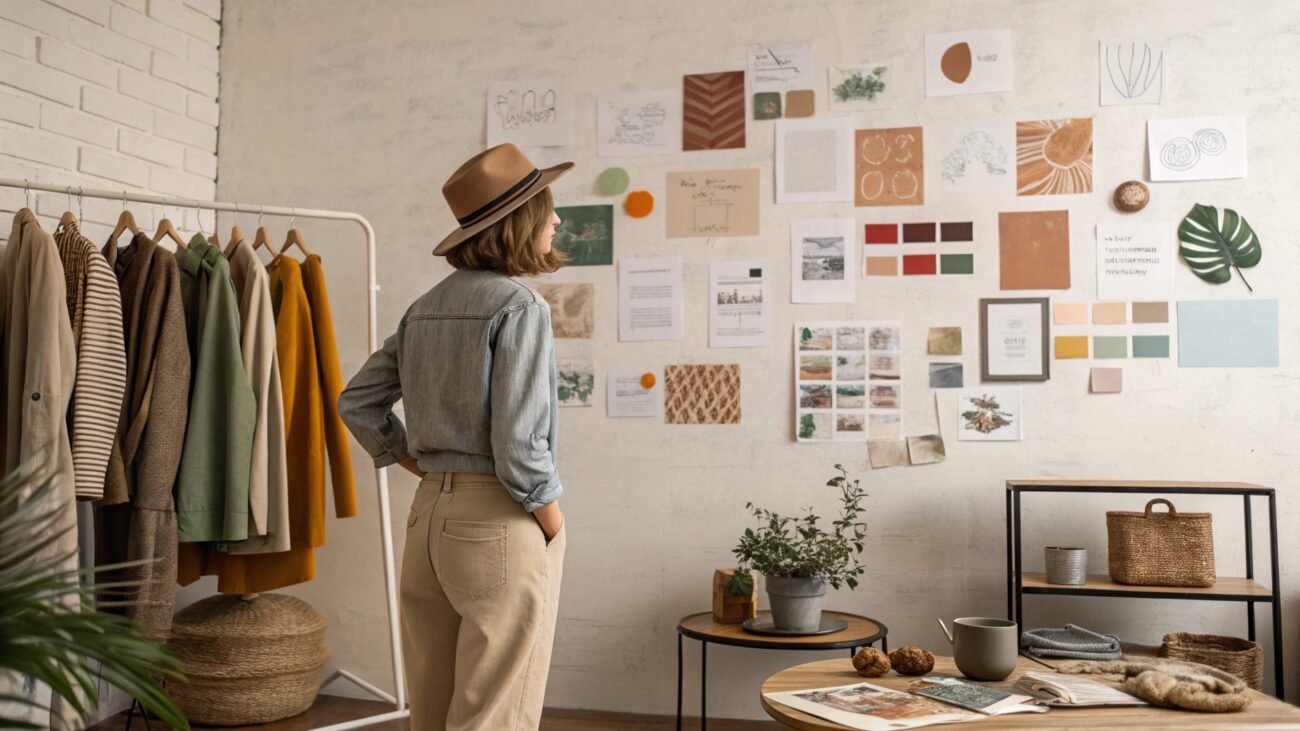
People always buy more stories than products, which has been like that since the dawn. Think about this, do you think people buy Apple’s products because they are good and offer a good performance-to-price ratio? Or perhaps it is because of Apple’s image in the general public?
Having a compelling and reason-driven story is what makes any brand special; this is the only factor that connects intimately with your potential customers. If you don’t have any emotion to back up your brand, then it is more of a trade store than anything else.
Building Your Brand Story
After you have figured out everything product-wise, you need to brand it to manage sustainables sales throughout the year or your season of selling. Many people often ignore this step and care about making quick money, but what is the ultimate end of doing so? They run out of business as they clear out their inventory.
In the next selling batch, there’s going to be another seller in the market who’s looking to make quick money once again. It is an endless cycle of being in and out of business. However, we think an actual business remains relevant for a more extended period of time. Hence, the reason for encouraging you to craft compelling marketing messages and slogans that tell the audience more about you than your products.
After you have decided upon a catchy slogan for your brand, now is the time to showcase your clothing line-up with professional photography and video production. Keep this significant point in mind: Always stick with one main color scheme for your branding work, as people often draw emotions from colors. If you won’t remain consistent with branding guidelines, then over time, your company will become unreliable and struggling.
We strongly recommend hiring professional graphics designers and photographers to showcase your product line-up and Cinematographers for the production process later on.
Choosing Your Sales Channels
Following the brand story, Now you have to decide from where people can buy from you? In today’s world, there are countless sales channels. Some prefer going with retailing options, and some prefer traditional direct selling techniques; although great, they, too, come with challenges and the need for managing assistance to keep them functional throughout their business tenure.
To combat these problems, many startup wonders opt for online sales using e-commerce platforms because of their ease of management and little to no cost. People can directly buy from you, and most likely, your chosen e-commerce platform will be equipped with trade insurance policies and securities to develop further firmness between you and your customer.
But if everything goes according to plan and you meet your yearly sales target, it is a good idea to start your very own pop-up shops and retail stores to expand your brand’s reach.
Marketing and Promotion for Your Brand
Leveraging social media has to be the most cost-effective marketing method in today’s era. You can promote your brand and share problem-solving statements about your brand very easily and cheaply. You can hire professional social media persons for custom posting work.
- Even if you are not sure about them, then, you can buy their marketing plans, where these social media companies will promote and push your brand on the “For You Page” for better reach and more potential customers for your brand.
- After establishing yourself as a cloth merchant with doable profit margins, you can now collaborate with various social media influencers to further solidify your brand’s reach.
Now, you might have heard that new business owners often do collaborative work with influencers way before. Still, we suggest you halt that thought because if your brand already has a place in the market, then most likely, with influencer collaboration, more people will buy into your brand as relying solely on an influencer’s words for your brands seems relatively cheap and insecure.
However, we strongly suggest doing a background check on influencers you plan to work with, as just one wrong move on their end could wreck your business.
- With each customer’s succession, you can ask for their emails, and with their permission, you can alert them about new arrivals, promotions, and brand updates. This method of after-marketing creates a sense of urgency and pushes most people to buy your clothes because they fear missing out!
4. Growing Your Brand: Looking Ahead
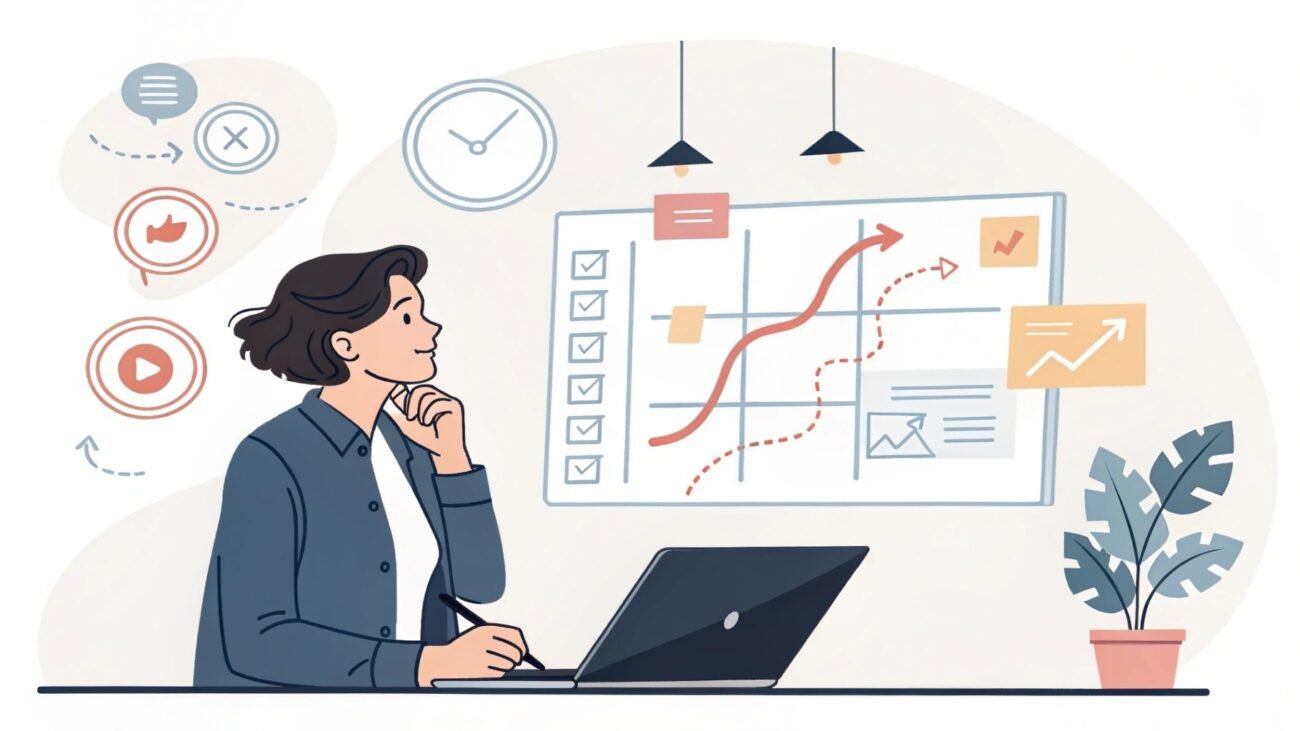
What do you think big-name brands like Nike, Puma, and Dior are doing now? If you think they are trying every day to build and expand their customer reach, then you would be wrong. After establishing a strong client base, the next plausible step is to grow your brand and provide solutions for your existing client base.
If you expand your client base even after making good yearly sales, you will crush your brand’s niche and defeat the purpose of branding altogether. Your ultimate goal should be to satisfy your customer base to ensure they remain loyal to only you and you.
Ready to Launch Your Private Label Clothing Brand?
Partner with us to bring your unique fashion vision to life! As a trusted private label clothing manufacturer, we offer expert support, quality materials, and tailored solutions to match your brand’s style and goals.
We have devised some ways to grow your brand, which you can look at below!
- Managing Inventory and Operations: Imagine you are selling High GSM sweatshirts for cold seasons. Then your uttermost goal should be to provide your customer with just that! If your inventory is not managed or your manufacturer can not provide timely shipping of your goods, then during your sales season, only your brand’s image will be tarnished and implied as unsatisfactory.
We suggest doing pre-planning and having a streamlined production process to ensure you meet your sales target and, most importantly, to remain steadfast on your customer’s expectations.
- Building Customer Loyalty: Engage with your customers and try to build a community of enthusiastic people about your products. Offer them honorary discounts and deals to encourage repeat purchasing.
You can even integrate a credit-back system where after a certain time and credit threshold, they can buy something from your store in exchange for that credit. This is a great way to advocate your brand.
- Adapting and Evolving: It is necessary for any Clothing brand startup owner to adapt and evolve with time; yes, we still stand with our above point of not destroying your niche by providing a solution to everyone.
What we are trying to say is that you should be the one to provide your customer base with new technologies and trends to make sure they stay with you and not stray away. To put the above advice into fewer words, you can remember these words: “Adapt your products, Not your brand.”
Conclusion
Starting a clothing brand line is not daunting if you have figured everything out before and documented your progress and future steps.
However, it is still considered a best practice to experiment to finalize your brand’s groundwork and selection of the right manufacturer for your Private label apparel company while also being authorized by a governmental authority to ensure you won’t get in trouble later down the road. The fashion industry is also constantly changing.
So, you should be prepared to adapt to new trends, technologies, and customer preferences to ensure the long-term success of your clothing brand.
Although it might seem tough to create a clothing brand, if you are consistent, willing to adapt to trends, and provide value to people, then your vision to build a clothing brand will undoubtedly become a reality after some time.
